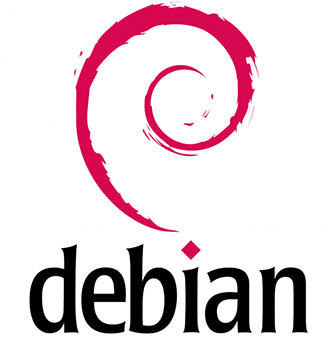How To Install HELM on Debian 12

Helm is a powerful tool that simplifies the management of Kubernetes applications through the use of Helm charts. These charts allow you to define, install, and upgrade applications in your Kubernetes cluster with ease. This article provides a detailed guide on how to install Helm on Debian 12, ensuring you have everything you need to get started with managing your Kubernetes applications effectively.
Understanding Helm
Helm is often referred to as the package manager for Kubernetes. Just as package managers like APT or Yum help manage software installations on Linux systems, Helm helps manage Kubernetes applications. It allows users to define applications using templates called charts, which can be easily shared and reused.
Helm consists of two main components:
- Helm Client: This is the command-line interface (CLI) that users interact with to manage charts.
- Tiller: Previously a server-side component that managed releases; however, starting from Helm 3, Tiller has been removed for improved security and simplicity.
Prerequisites for Installing Helm on Debian 12
Before installing Helm, ensure you have the following prerequisites:
- A running instance of Debian 12.
- A Kubernetes cluster set up and configured. You can use Minikube or any cloud provider like GKE or EKS.
- The
kubectlcommand-line tool installed and configured to communicate with your Kubernetes cluster. - Sudo access to install packages on your system.
Methods to Install Helm on Debian 12
This section outlines several methods for installing Helm on Debian 12. Each method has its advantages depending on your specific use case.
Method 1: Install Using the Official Script
This method is straightforward and recommended for quick installations.
-
- Download the installation script:
curl -fsSL -o get_helm.sh https://raw.githubusercontent.com/helm/helm/master/scripts/get-helm-3-
- Add execute permissions to the script:
chmod +x get_helm.sh-
- Execute the script:
./get_helm.shThis script will automatically download the latest version of Helm suitable for your system.
-
- Verify the installation:
helm versionMethod 2: Install from Binary Releases
If you need a specific version of Helm or prefer manual installations, this method is ideal.
-
- Download the latest binary release:
Visit the Helm GitHub releases page, find the latest version suitable for Linux amd64 architecture, and copy the link.
-
- Use wget to download the binary:
wget -O helm.tar.gz https://get.helm.sh/helm-vX.Y.Z-linux-amd64.tar.gz-
- Extract the downloaded tar file:
tar -zxvf helm.tar.gz-
- Move the helm binary to a directory in your PATH:
sudo mv linux-amd64/helm /usr/local/bin/helm-
- Clean up by removing the downloaded files:
rm helm.tar.gz linux-amd64/ -rf-
- Verify the installation:
helm versionMethod 3: Install Using APT Package Manager
This method is recommended for those who prefer using package managers for easier updates and management.
-
- Add the Helm GPG key:
curl https://baltocdn.com/helm/signing.asc | gpg --dearmor | sudo tee /usr/share/keyrings/helm.gpg > /dev/null-
- Add the Helm repository to your sources list:
echo "deb [arch=$(dpkg --print-architecture) signed-by=/usr/share/keyrings/helm.gpg] https://baltocdn.com/helm/stable/debian/ all main" | sudo tee /etc/apt/sources.list.d/helm-stable-debian.list-
- Update your package index:
sudo apt-get update-
- Install Helm:
sudo apt-get install helm-
- Verify the installation:
helm versionMethod 4: Install Using Snap Package Manager
If you prefer using Snap packages, this method is a viable alternative.
-
- Install Helm via Snap:
sudo snap install helm --classic-
- Verify the installation:
helm versionPost-installation Steps
After installing Helm, there are some essential steps to configure it properly for use with your Kubernetes cluster.
-
- Add a Chart Repository:
You can add a stable chart repository using the following command:
helm repo add stable https://charts.helm.sh/stable-
- Update Repositories:
This ensures you have access to the latest charts available in your repositories.
helm repo update-
- Create a Namespace (Optional):
If you want to isolate your applications, consider creating a new namespace in Kubernetes:
kubectl create namespace my-namespaceCongratulations! You have successfully installed HELM. Thanks for using this tutorial for installing HELM on the Debian 12 “Bookworm” system. For additional help or useful information, we recommend you check the official HELM website.